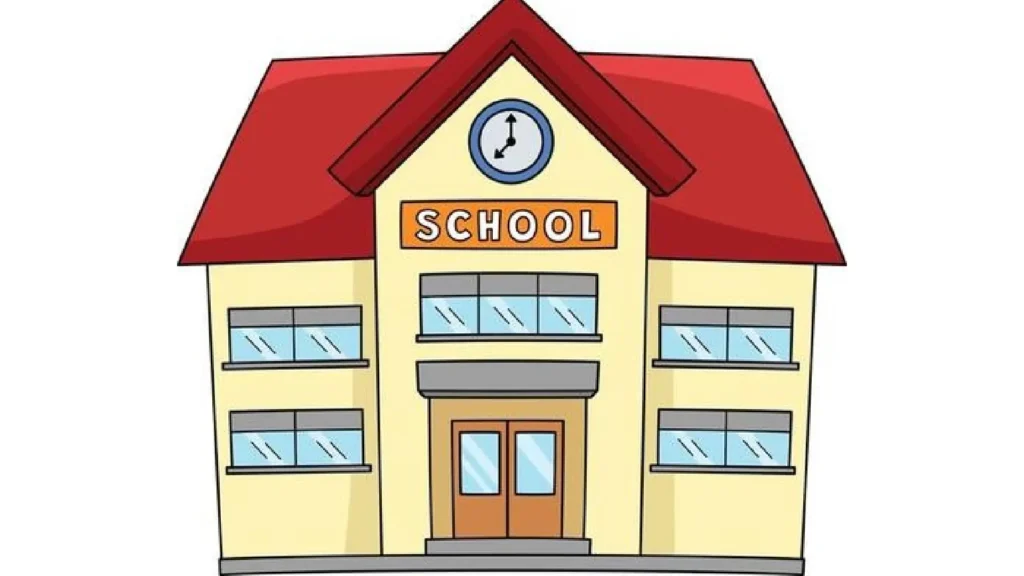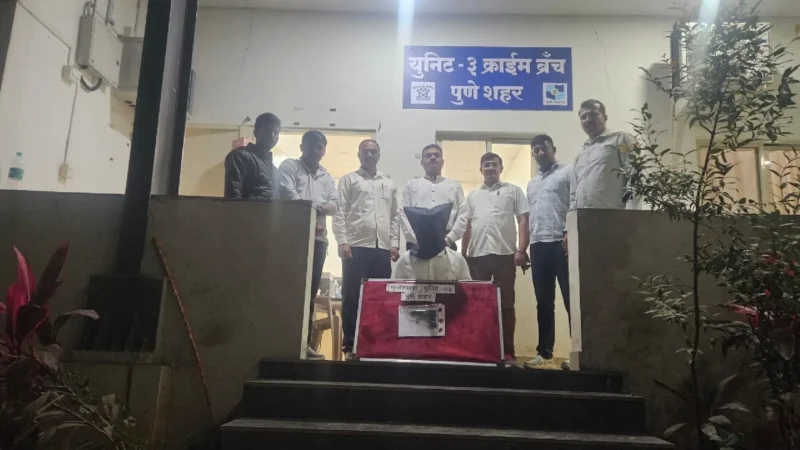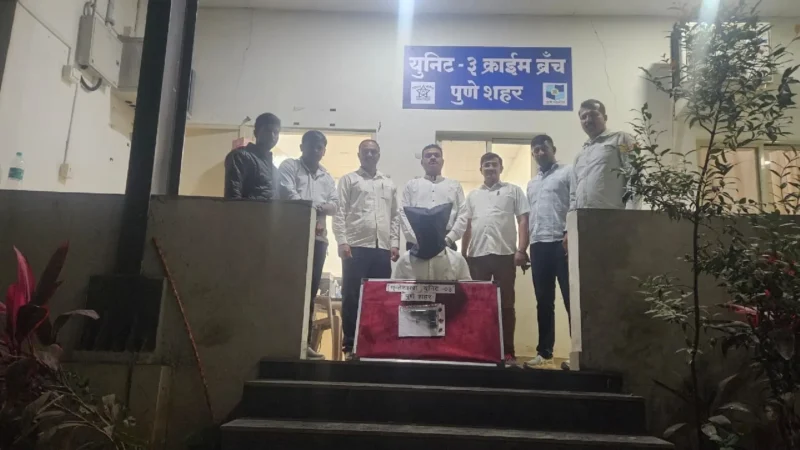State Curriculum Framework Proposes More School Working Days to Align with National Education Policy and To Ensure Comprehensive Learning

Pune :
In a move towards aligning with the National Education Policy (NEP), the State Curriculum Framework (SCF) has proposed an increase in school working days. This framework, prepared by the State Council of Educational Research and Training (SCERT), suggests that state schools may need to reduce holidays to meet the NEP’s mandate for a minimum of 234 working days. This figure accounts for considering national, state, sessional, and other holidays throughout the year.
The Steering Committee has approved the state curriculum framework, and it has also recommended that state board schools follow the Central Board of Secondary Education’s (CBSE) academic timetable. The CBSE’s annual timetable runs from April 1 to March 31, including summer vacations in May and shorter breaks during national festivals or at the end of the academic session. This timetable is consistent across India, regardless of weather extremes, with schools in hot, cold, or rainy climates maintaining similar schedules.
Currently, state schools operate for 6 to 6.5 hours daily, but only 4 to 4.5 hours are available for teaching. Many schools, due to overcrowding or lack of infrastructure, run in two sessions, reducing teaching time to just 4 to 4.5 hours per day. The NEP, however, recommends a daily teaching duration of 5 to 6.5 hours. Schools that operate in two sessions will need to reconsider their schedules to meet these requirements.
The framework also highlights the need for students in grades 3 to 5 to receive 1,000 clock hours of instruction annually, while those in grades 6 to 10 should have 1,200 hours. Achieving these targets is difficult for many schools under the current system. The National Credit Framework, introduced alongside the NEP, will require schools to ensure that students meet the required hours and credit levels.
The framework also praises CBSE-affiliated schools for maintaining a steady teaching-learning process throughout the year without extended breaks. This continuity, it thinks, leads to better academic outcomes for CBSE students. Therefore, the framework suggests that state board schools follow a similar approach for improved educational outcomes.





